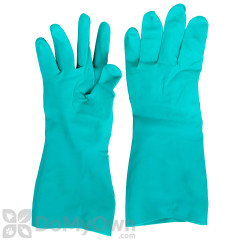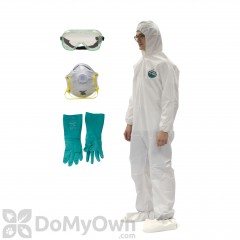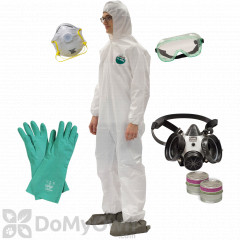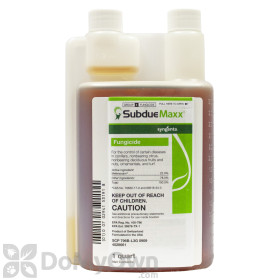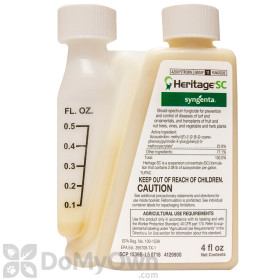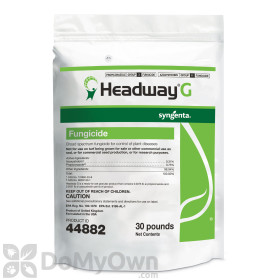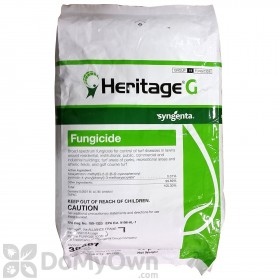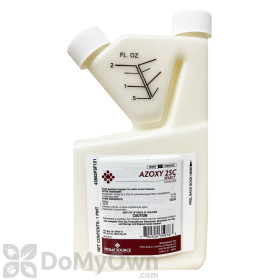Steps For Getting Rid of Pythium Blight Lawn Disease
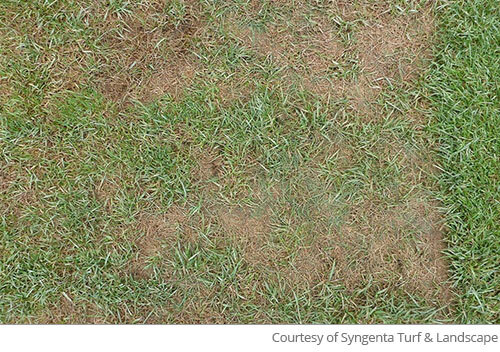
Pythium blight can infect a wide variety of turfgrasses, but tends to cause the most damage in cool-season turfs. If your lawn falls into this category, take extra care to stay ahead of any signs of fungal disease that you may spot on your property.
This unsightly fungal lawn disease can spread quickly across large areas where favorable conditions exist. Being prepared to treat your lawn for Pythium blight when it strikes can reduce the damage caused to your property by fungal lawn diseases like this one.
Apply a Fungicide Immediately
- Apply your selected fungicide product at the first sign of the disease to control the spread.
- Make sure you read the fungicide label carefully to understand the proper mode of application and how often you can apply the fungicide.
Products needed for Step 1
Rotate Fungicides Often
- Rotate the active ingredients you use when treating for this disease. The Mode of Action chart on the bag of your fungicide is a handy resource to see the many different categories of active ingredients, so you can choose an effective rotation of products. More information about fungicide rotation can be found in our fungicide guide.
- Apply products as directed when necessary. Limiting the number of applications can prevent resistance.
- Combining fungicide applications with cultural practices not only reduces the amount of fungicide you need to use, but it reduces the potential for future disease, which limits fungicide exposure.
By following these suggestions and selecting the right pro-grade products from DoMyOwn.com, you can control Pythium blight and other fungal lawn diseases on your property. Call or chat with us if you have any questions.
